Seek medical advice if you develop symptoms and have been in close contact with a person known to have COVID-19. Call ahead before coming to any provider office, clinic, urgent care or emergency room. If it is a life-threatening emergency, call 9-1-1.
10 things you can do to manage your health at home if you have possible or confirmed COVID-19:
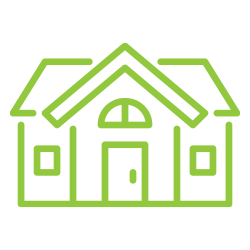
1. Stay home from work, school and away from other public places. If you must go out, avoid using any type of public transportation, ridesharing or taxis.

2. Monitor your symptoms carefully. If your symptoms get worse, call your healthcare provider immediately.
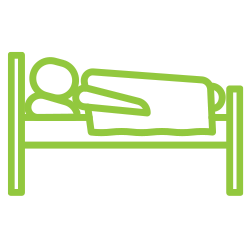
3. Get rest and stay hydrated.
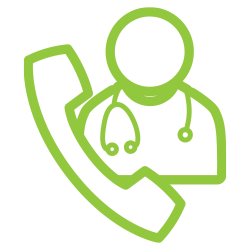
4. If you have a medical appointment, call the healthcare provider ahead of time and tell them that you have or may have COVID-19.
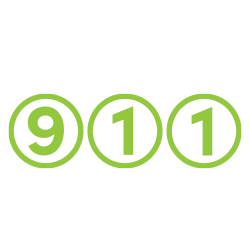
5. For medical emergencies, call 911 and notify the dispatch personnel that you have or may have COVID-19.
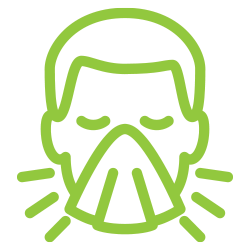
6. Cover your cough and sneezes.
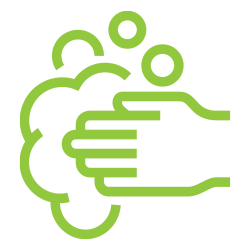
7. Wash your hands often with soap and water for at least 20 seconds or clean your hands with an alcohol-based hand sanitizer that contains at least 60% alcohol.
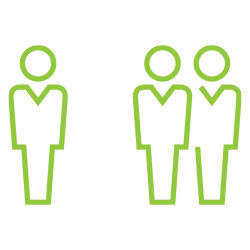
8. As much as possible, stay in a specific room and away from other people in your home. Also, you should use a separate bathroom, if available. If you need to be around other people in or outside of the home, wear a facemask.
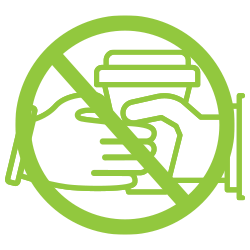
9. Avoid sharing personal items with other people in your household, like dishes, towels, and bedding.
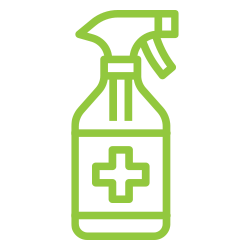
10. Clean all surfaces that are touched often, like counters, tabletops, and doorknobs. Use household cleaning sprays or wipes according to the label instructions.
Download the flyer 10 things you can do to manage your health at home if you have possible or confirmed COVID-19
Caring for COVID-19 at Home - Frequently Asked Questions
Source: Johns Hopkins Center for Health Security
What is the difference between self-quarantine, self-isolation, and social distancing?
- Self-quarantine (for those exposed to a known positive) – they should stay in place, at home, for 14 days, essentially waiting to see if they get symptoms of cough, fever, headache, etc.
- Self-isolation (for the most sick or known positive test) is staying in place, either at home or elsewhere, very limited exposure to others, for fourteen days and no fever for 72 hours without use of fever reducing medication – they should be isolating within the house with limited contacts, and almost always wearing a mask to limit the spread of their cough
- Social distancing is a response in which people remain home and at least 6-feet distant from others (such as by refraining from shaking hands or hugging or going to the store at off-hours), without any known exposure to the virus, to limit possible transmission to or from others.
What are the signs or symptoms that someone should self-isolate?
If you do develop symptoms, like a fever, cough, or shortness of breath, that is when you would need to self-isolate at home, away from other household members. If you develop these symptoms, contact your medical provider before showing up at an office or urgent care, but stay home as long as those symptoms are manageable (like you would for a normal cold or flu). If you have severe shortness of breath or if symptoms suddenly get worse, that is when you should seek out medical care.
When can the self-isolation end?
Follow CDC guidelines and monitor any symptoms carefully.
What is the safest way to self-isolate one person within a larger household?
If you can have a separate space for the sick person—a space where they can access their own restroom without traveling through commons spaces—that would be best. Those who are caring for loved ones who are sick at home should wash their hands frequently with soap and water, avoid close contact as much as possible, and have the sick individual wear a surgical or procedure mask to prevent their respiratory droplets spreading through the air. It is also important to clean frequent- or high-touch surfaces, as well to clean clothes in very hot water. Caregivers should also wear a mask, if possible.
In households that are not able to accommodate these suggestions, what else can be done to limit transmission at home?
If you're not a caregiver, maintaining six feet of distance and washing your hands frequently are the main steps, along with cleaning surfaces often. If you are a caregiver, it's certainly tougher. You should wear a mask if possible and follow the other guidelines of handwashing and cleaning clothes and surfaces frequently.
What supplies should be on hand, for both self-quarantine and self-isolation?
Lots of hand soap, hand sanitizer, wipes and laundry detergent. For self-quarantine you should have your basic supplies like food and thirty days of any regular prescription medications being taken.
What will a COVID-19 patient need?
The symptoms are very similar to a bad case of the influenza or mononucleosis. Occasionally, there is diarrhea, but loss of appetite, body aches, fatigue are most common. Most patients stay in bed, and will need around-the-clock fever or pain medications, frequent offers of simple foods or fluids, and lots of patience. We want to watch for dehydration (poor urine output or dark urine color), significant shortness of breath, dizziness to the point of fainting, or significant chest pain. These might require further tests, oxygen or hospitalization.
How can parents and other caregivers help children and dependents who are unable to follow the recommended advice (like washing hands and not touching your face), particularly if they need to be self-isolated?
Realistically, you can't. It's very hard to stay away from younger kids, especially when they're ill and need care and comfort. If possible, main caregivers should be those who are not at high risk from COVID-19, meaning those not over age sixty or with underlying health issues. Other than that, it's important to take the normal precautions in terms of handwashing and cleaning, but it is much more difficult with younger children. Older children and teens can be expected to do some self-care. Caregivers should be mindful of their own state of health, trying to get enough rest, regular meals, a good hand lotion (to protect against cracking due to frequent hand washing), and staying hydrated.
